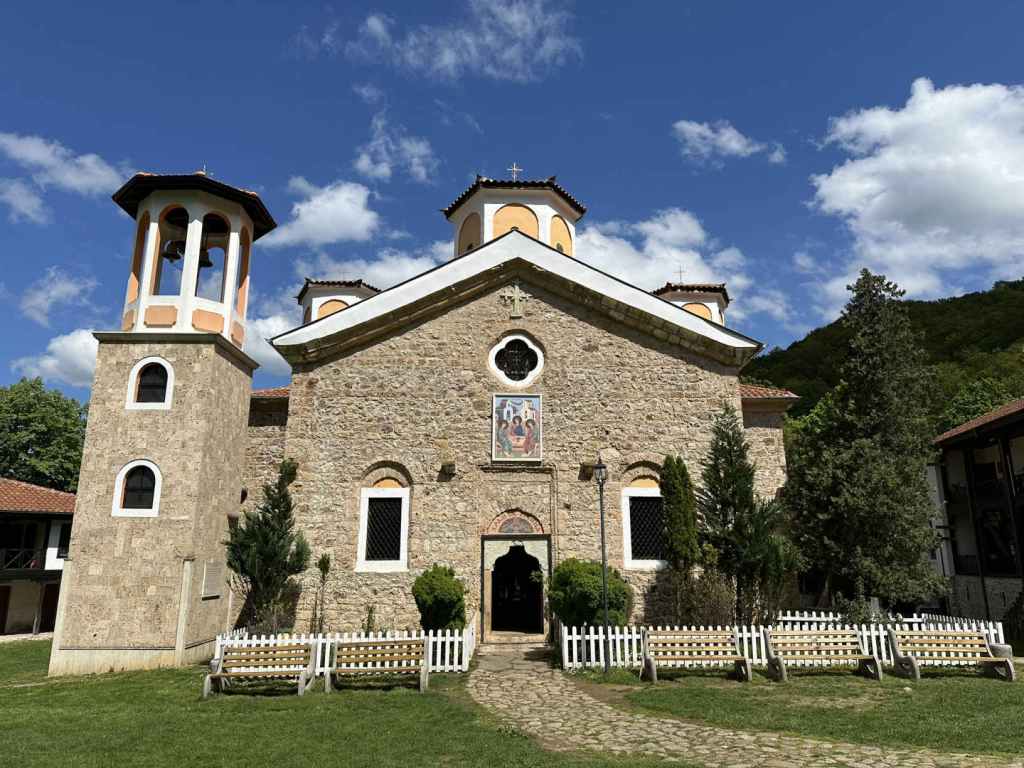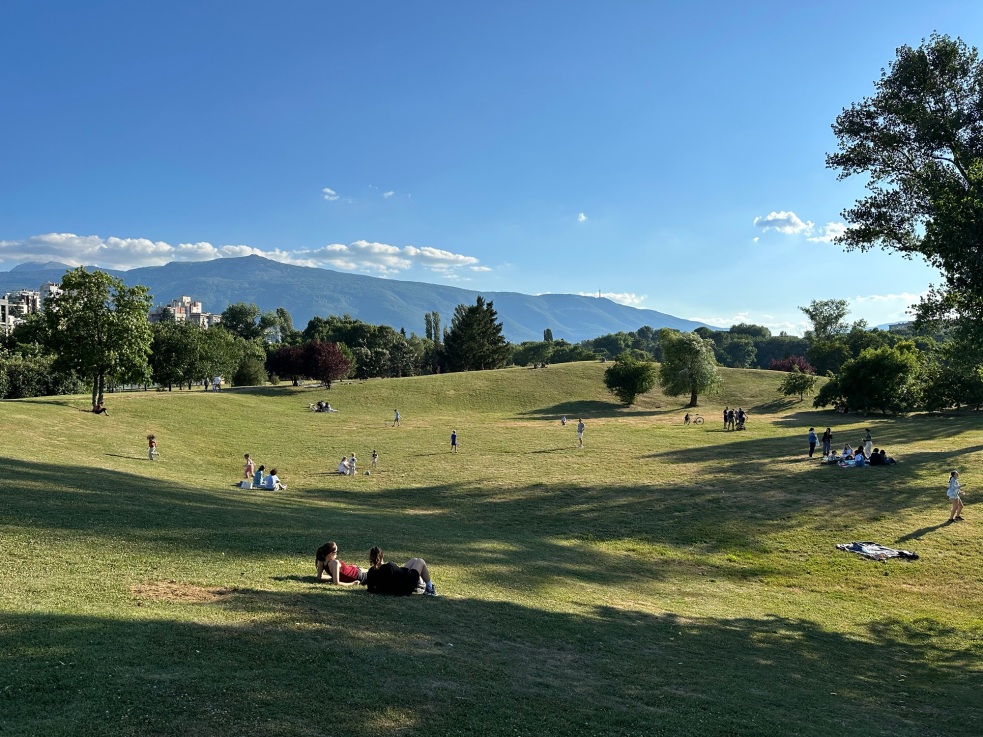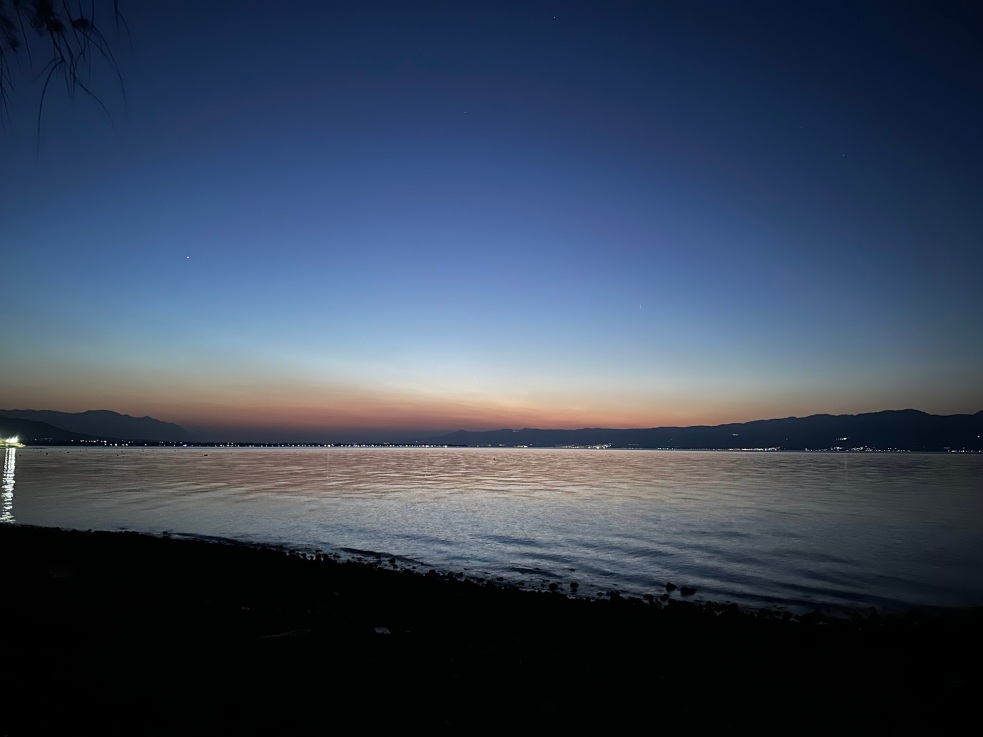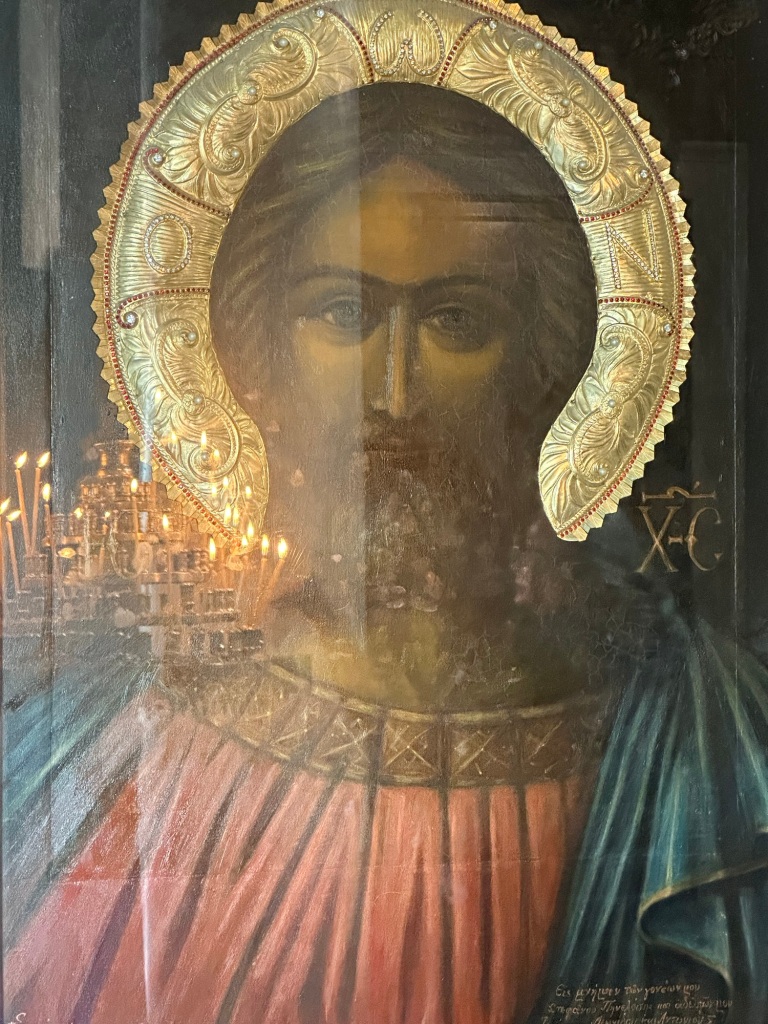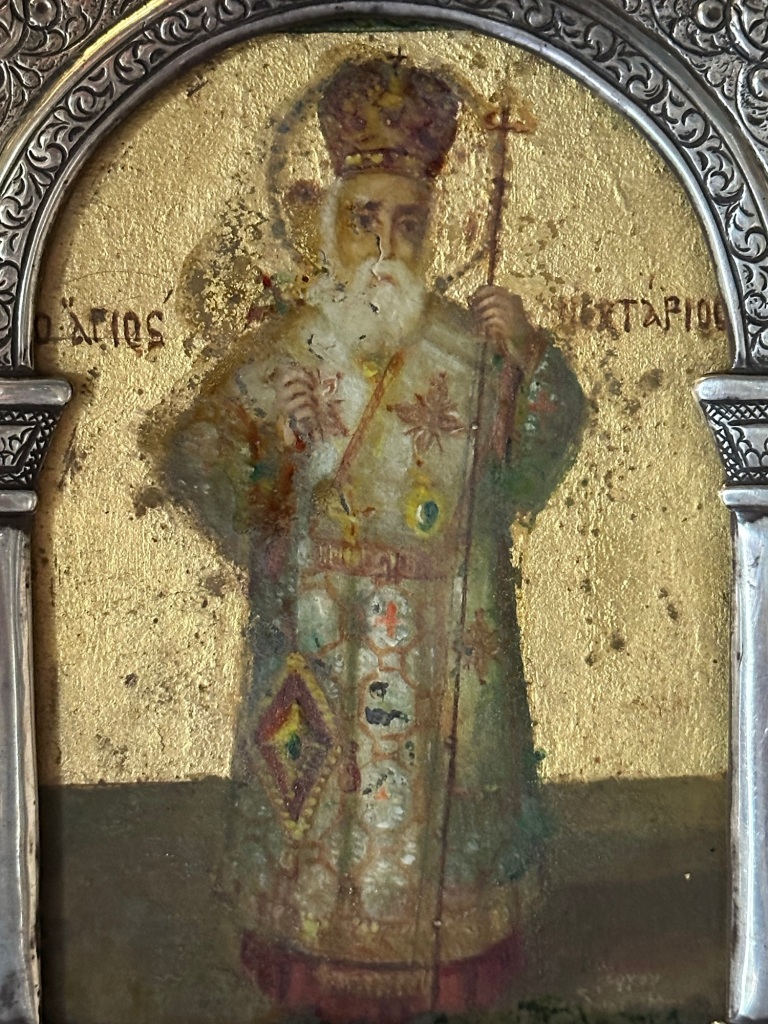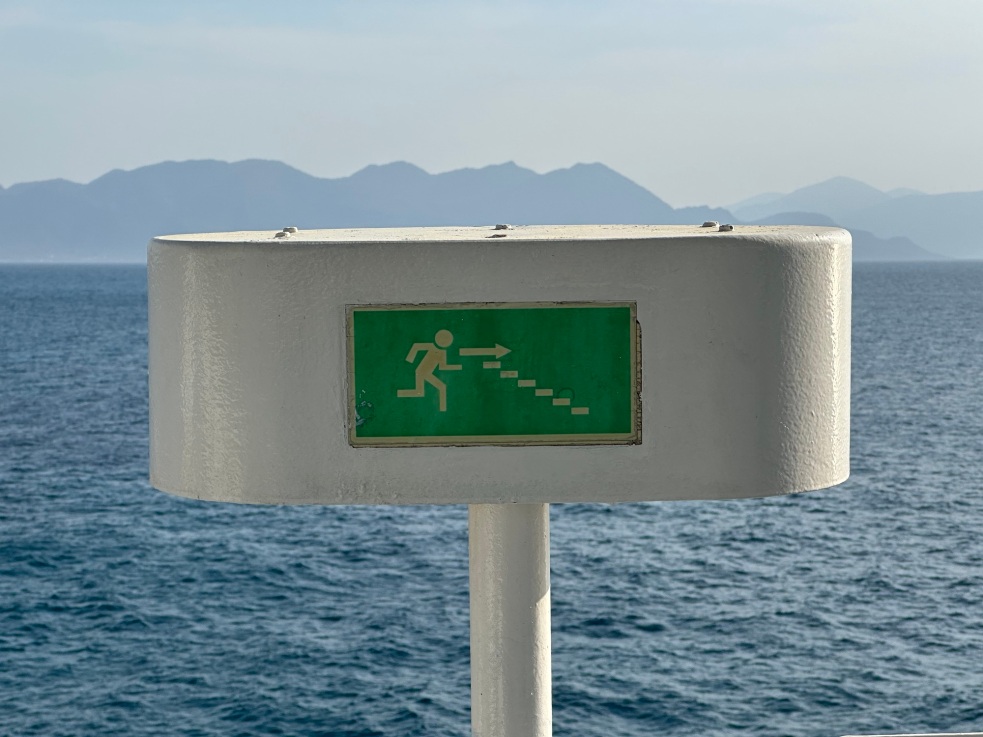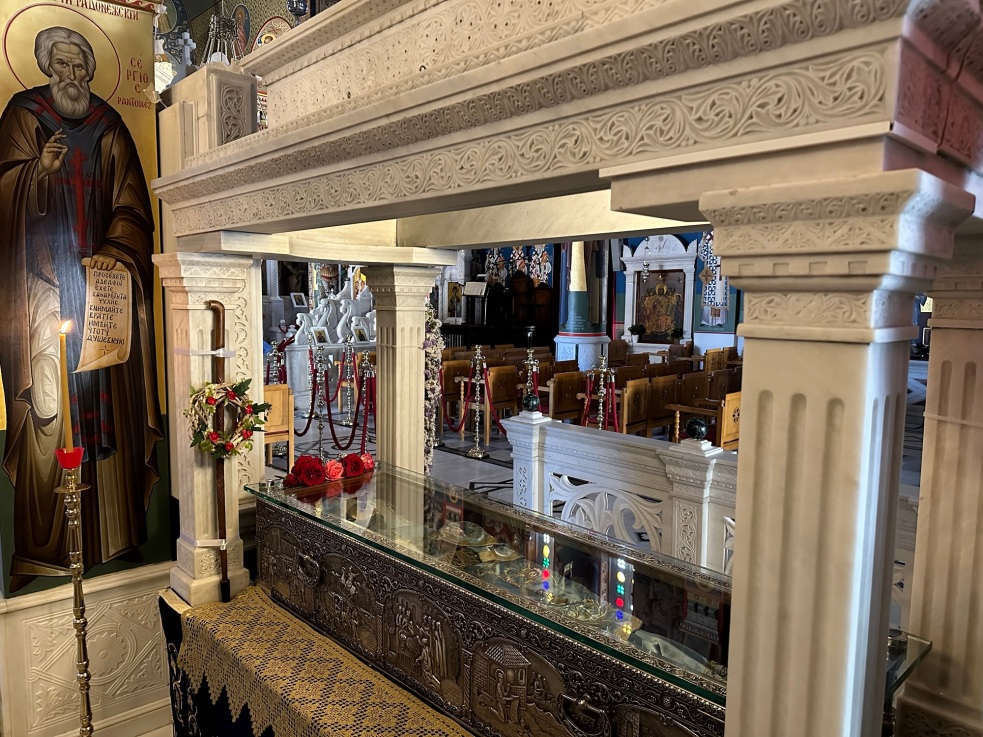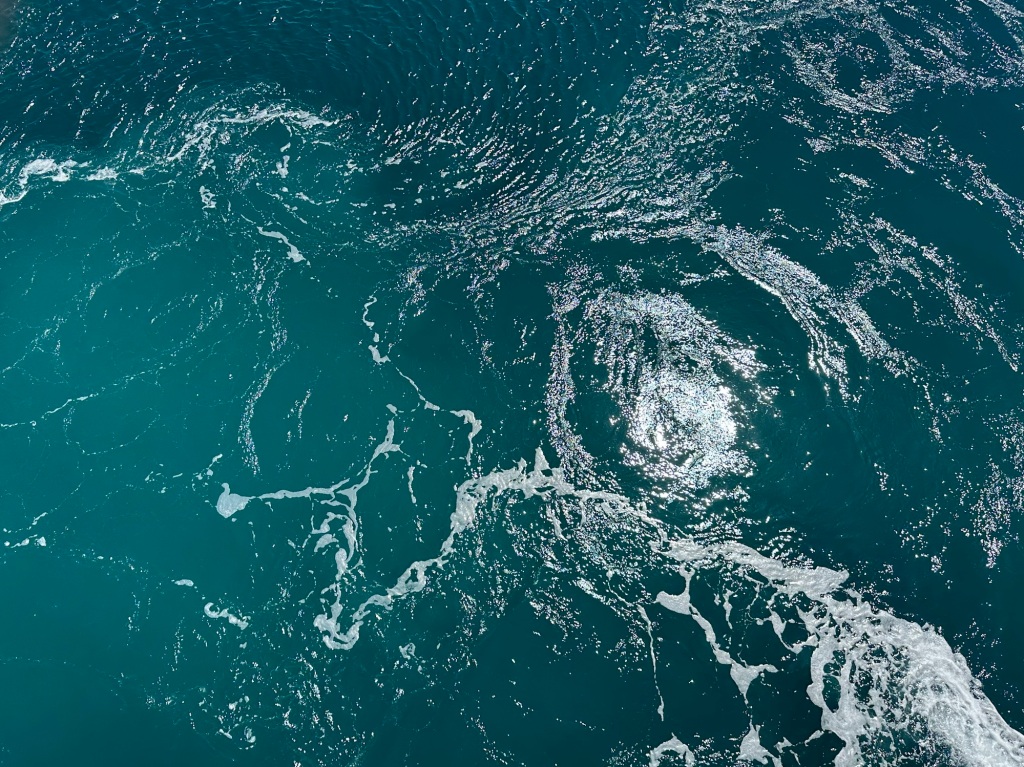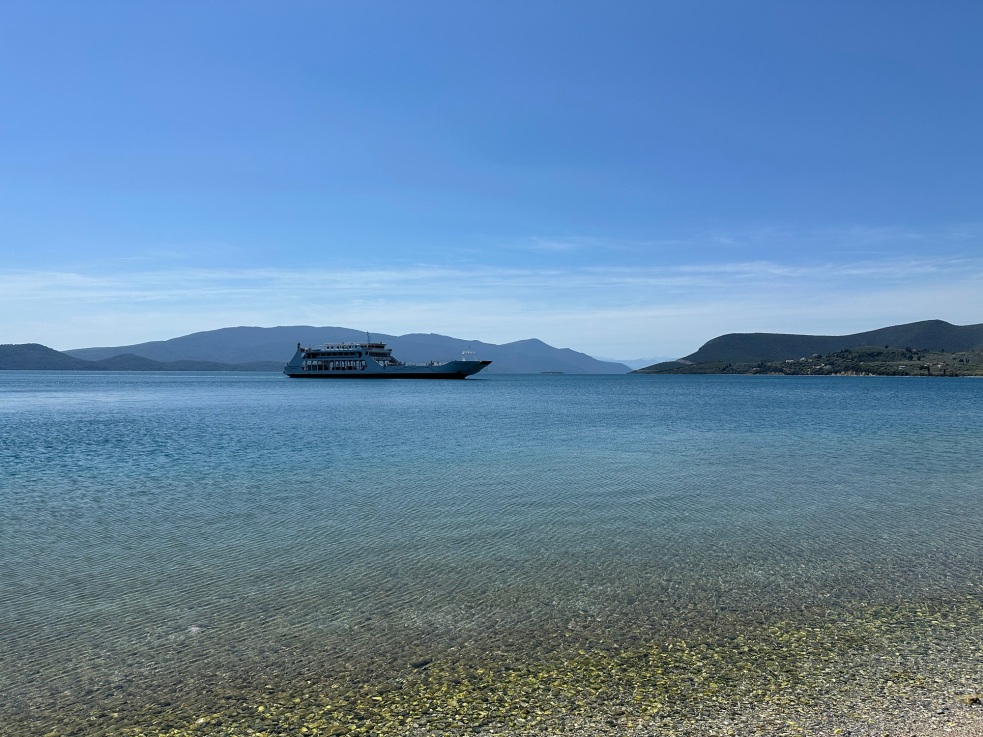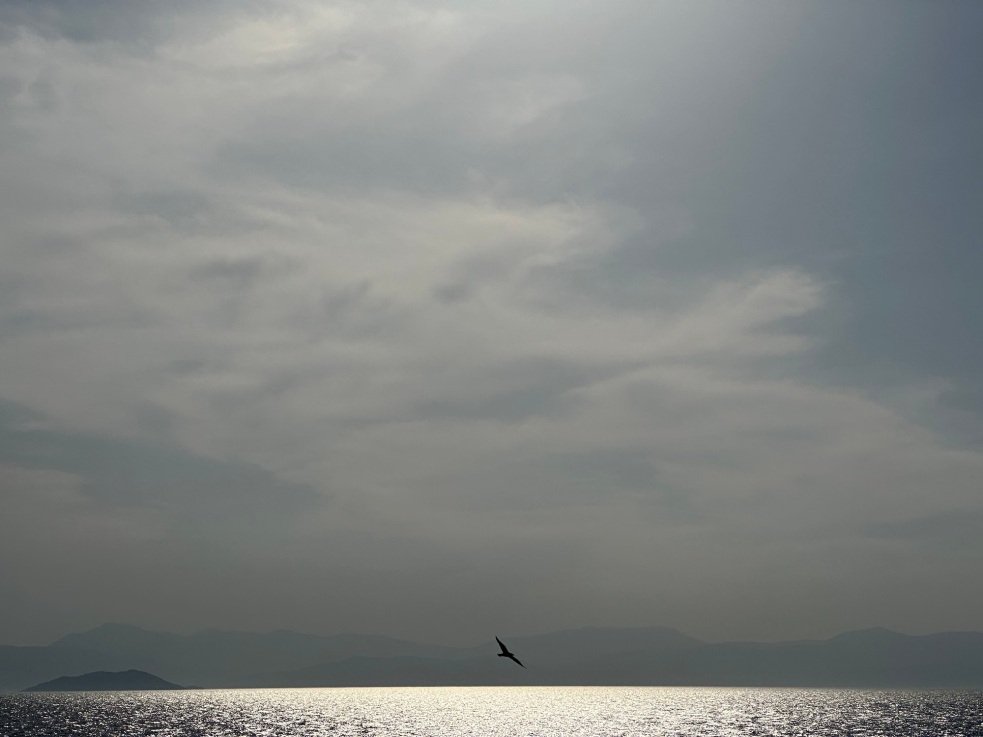The life cycle is reflected in language; all the words connected with creation, fertility, reproduction, have aer (air) in them, the same aer that forms the basis of speech.
In order to grow and bear fruit, a seed must be planted in the earth. Yes, but how is this process reflected in language?
A seed must be planted in the ground in order to bear fruit. It must be buried. That is, it must disintegrate (not remain whole) in order to give rise to new life. This is surely a metaphor for our own resurrection.
So, a seed dies, and that is why the two words are connected in reverse if we interchange the front vowels e and i. We cannot bring forth new life except by being put in the ground (our ego, that is). We become dead to our selfish demands. And out of that deadness comes a new, unrestricted potential.
Alternatively, we can add the letter l to seed and get sleep (by rotating the letters d and p). Seeds have been known to sleep in the ground for hundreds of years before sprouting and giving forth new life. In the ancient world, early Christians referred to burial sites not as “graves”, but as “resting places”, because the people buried there were not dead, but asleep.
The seed dies and puts forth first a root and then a shoot. Do you see how these words are connected – seed with root (phonetic pair d-t, step in the alphabet r-s), root with shoot (step in the alphabet r-s, addition of h)?
A shoot appears above ground (reminding us of the seed’s existence), and as it does so, it closely resembles a tooth (step in the alphabet s-t) emerging from the gum. Language is often graphic like this.
As the root divides into two (too, addition of r), so the shoot divides into three and becomes a tree (addition of h). It cannot become a tree except by dividing, by putting out branches, as cells divide in the human body. This division, paradoxically, leads to increase.
One is three, as in the case of the Holy Trinity. The tree harnesses the power of the sun (Son) through each leaf (phonetic pair l-r, pair of letters that look alike f-t). It produces a flower, which wilts, giving way to a fruit (froot) with the seed in it. And the whole process begins anew.
So, we have: seed (dies/sleep)-root (two)-shoot (tooth)-tree (three)-leaf-fruit (root), all perfectly reproduced by language.
It is the earth that enables this, and perhaps it is time we notice the presence of air (written aer in Latin and Greek) in so many words that have to do with creation, fertility, reproduction: aer-earth-water-breath, bread, breast (all three sources of nourishment that share the same first four letters with the phonetic pair d-t, addition of h/s)-create-father.
They all have aer in them, just as language is impossible without breath (we add voice to our breath to form the vowels; we obstruct our breath, with or without voice, to form the consonants). This again provides a link between the physical world (we cannot live without breathing) and language (aer is in many words connected with creation).
And by taking a step in the alphabet, r-s, as we did with God-ego (d-e) and father-gather (f-g), we find aer in sea (imagine a sea without aer in it, it would be dead).
This brings us back to the account of creation in the Book of Genesis. On day three, the earth was created (spoken into being), together with the sea, plants yielding seed and the fruit tree.
All reflected in the words we speak.
Jonathan Dunne
Heart of Language 5/15
Next: Heart of Language 6/15
Back to: Contents











